Vintage Tribal Kilim Runner 2' 11" x 10' 4" (35" x 124")
Type:
Kilim RugsCollection:
Tribal RunnersID:
K0077310Size:
Material:
The designs feature a rich array of symbols representing tribal culture and Anatolian motifs, often in the form of medallions, diamonds, and other geometric shapes.
The designs feature a rich array of symbols representing tribal culture and Anatolian motifs, often in the form of medallions, diamonds, and other geometric shapes. These kilim runners are ideal for hallways and narrow spaces, offering a touch of ethnic charm and artisanal quality to any interior.
Herki kilims not only serve as functional floor coverings but also as artistic expressions of tribal identity, making each rug a unique cultural artifact.
Design Elements
- Pattern Structure: The rug showcases a repetitive geometric pattern, characterized by interlocking motifs that emanate a sense of harmony and rhythm.
- Symmetry: The symmetric arrangement of the main motifs creates a balanced visual effect, essential in tribal designs to represent stability and unity.
- Texture: The kilim technique offers a flat weave, enhancing the tactile quality of the rug and contributing to its vintage appeal.
- Border Design: The border features a zigzag pattern, symbolizing mountains or natural elements, framing the central motifs beautifully and offering contrast to the main design.
Color Palette
- Dominant Colors: The color scheme primarily includes shades of beige, brown, and cream, evoking warmth and earthiness.
- Contrast: The use of darker browns against lighter backgrounds creates depth, allowing the motifs to stand out vividly.
- Symbolic Color Significance: Earth tones convey stability, grounding, and connection to nature, integral to tribal culture and significance.
Main Motifs and Symbolism
- Geometric Shapes: The hexagonal and diamond shapes symbolize protection and harmony, often used to ward off negative energy.
- Repetition: The repetition of the motifs signifies continuity and the cyclical nature of life, embodying themes of regeneration and growth.
- Cross Patterns: Crosses within the motifs reflect the intersection of different paths and lives, suggesting the importance of community and relationships.
- Inner Lines: Lines within the diamonds can represent rivers or pathways, signifying connection, movement, and the importance of nature in daily life.
Summary
The vintage tribal kilim runner features a harmonious blend of geometric patterns in warm earth tones, showcasing a connection to nature and tradition. Its design elements, such as symmetry and texture, contribute to an overall balanced aesthetic. The motifs hold significant symbolism, reflecting themes of protection, continuity, community, and the profound relationship between life and nature. This rug is not merely a decorative item; it serves as a cultural artifact representing the rich history and values of the tribal heritage.
- Ships in 1-4 business days
- Only one in stock, handmade, unique
- Free shipping via FedEx Express. Easy returns
- Contact us or add a note to your order if you want us to delay your shipping.
- Request more info if you want this rug shorter or narrower
Colors may appear slightly different across various monitors due to screen settings device differences, and external lighting conditions. If color accuracy is important for your space, we recommend viewing the rug on multiple devices or contacting us for a detailed color description. We can provide detailed photos and references using Sherwin-Williams, Benjamin Moore, Pantone, or even Crayola crayons.
You can also visualize most of our products in your own room with AR (augmented reality) on an iPhone or iPad.
Return Policy
Need a rug pad? We recommend RugPadUSA
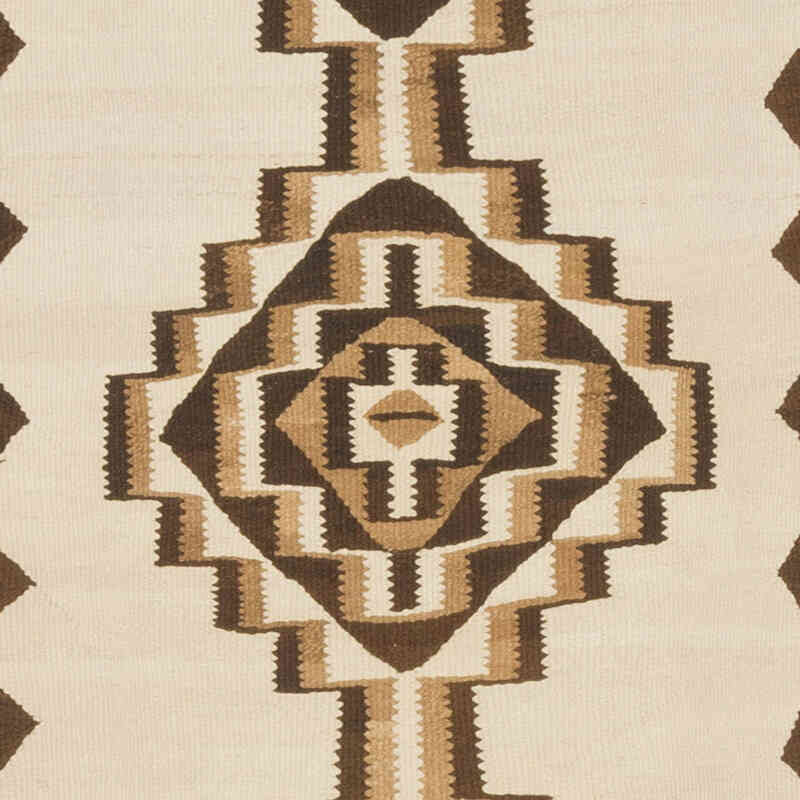

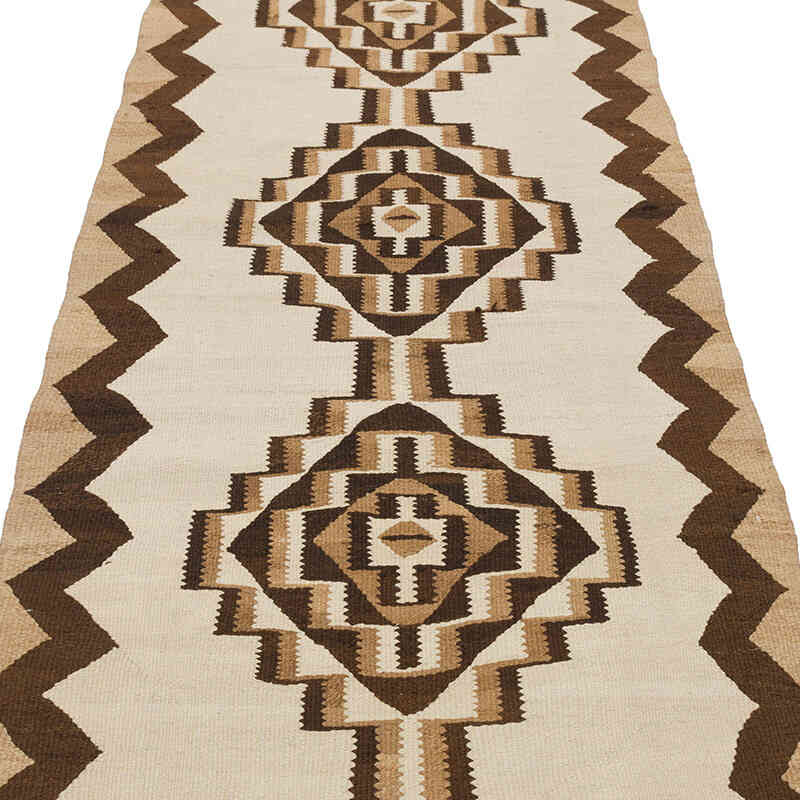
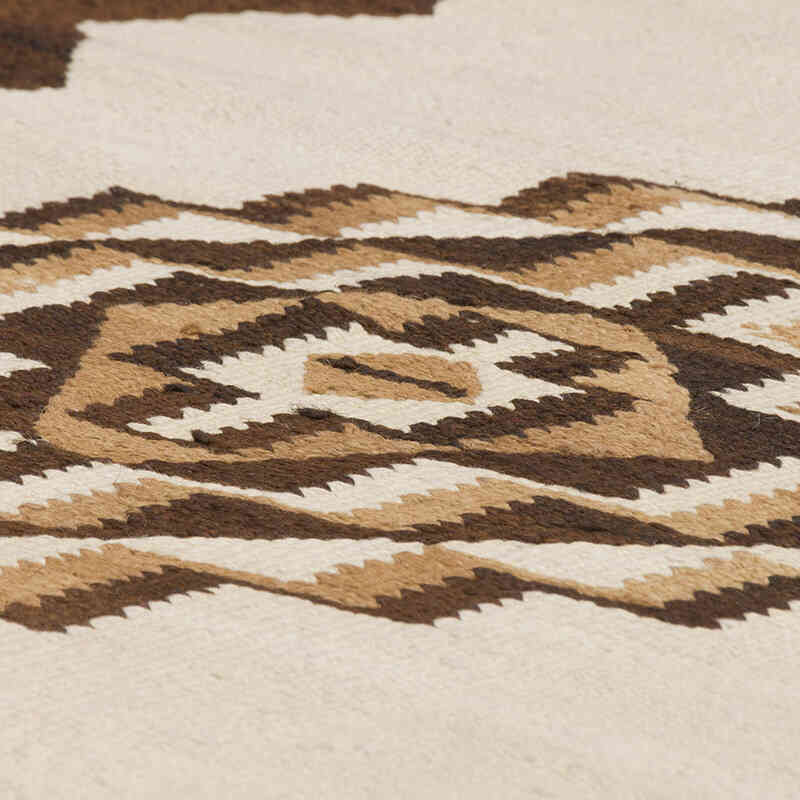
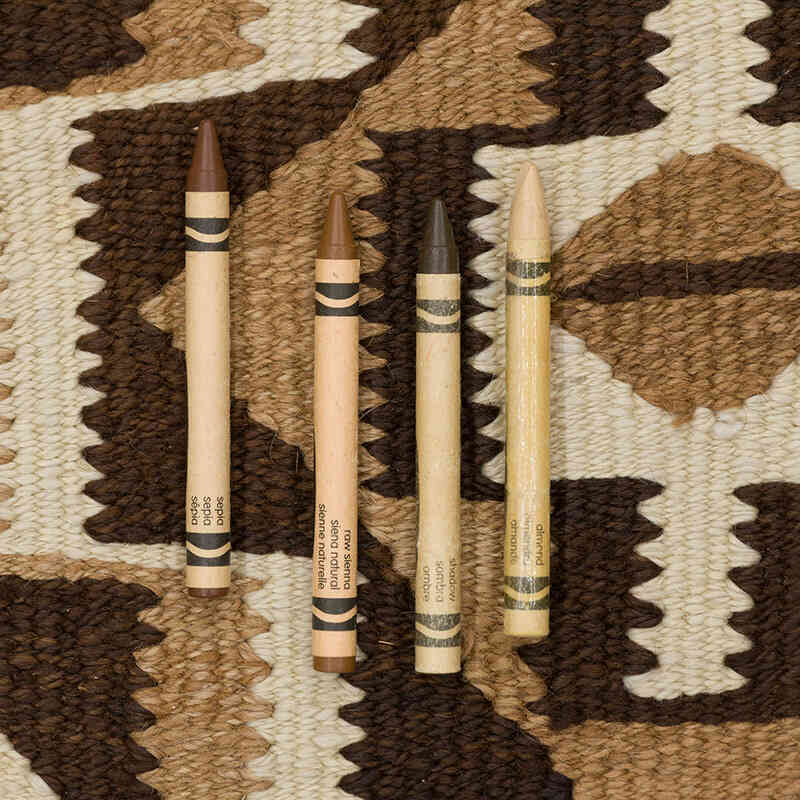
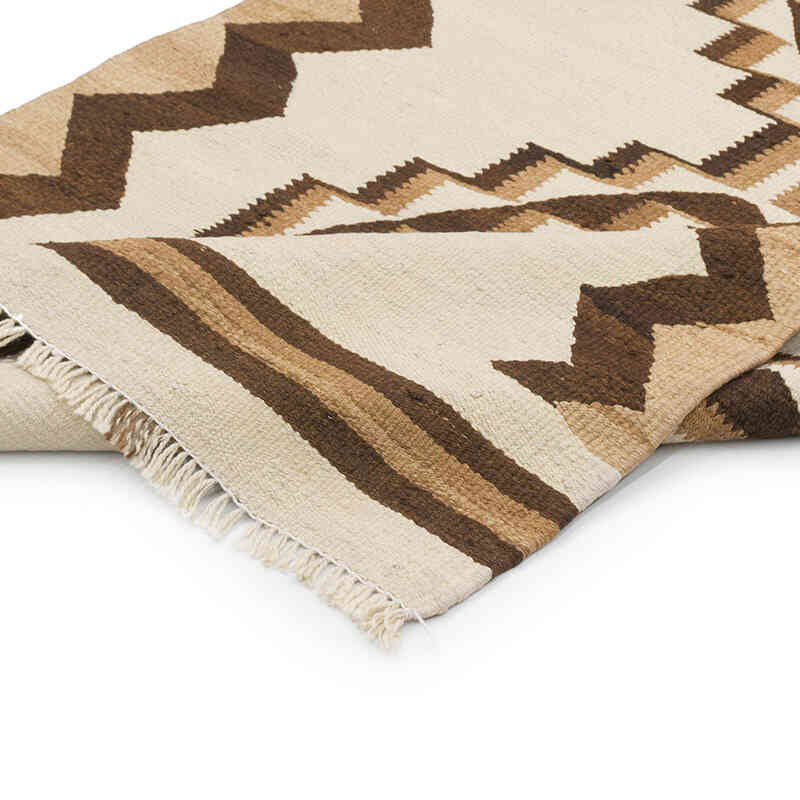
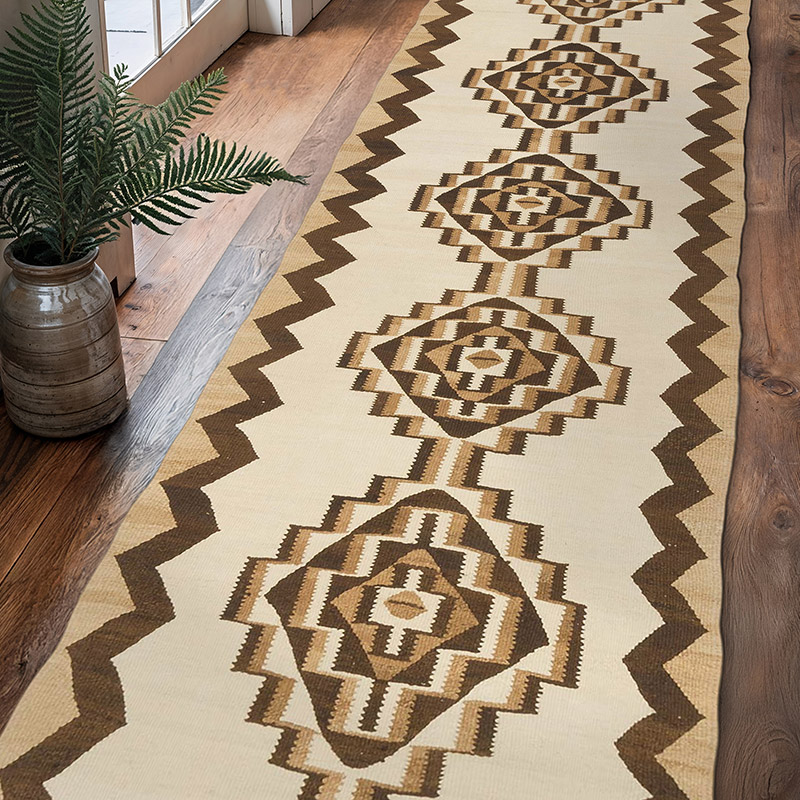
















No cookie cutter rugs here !